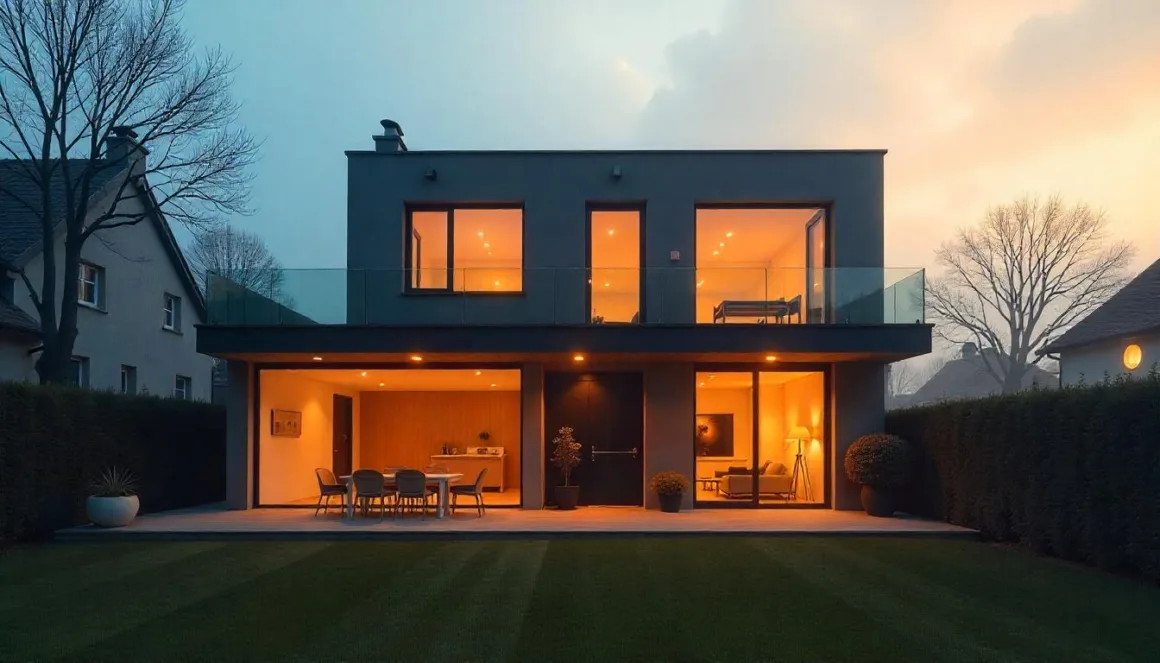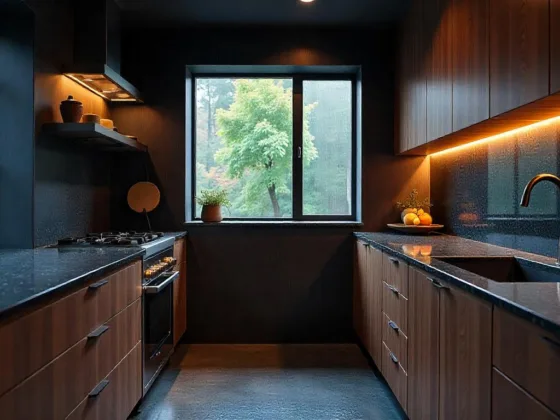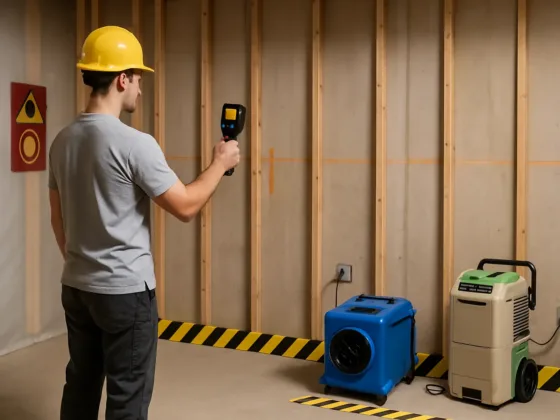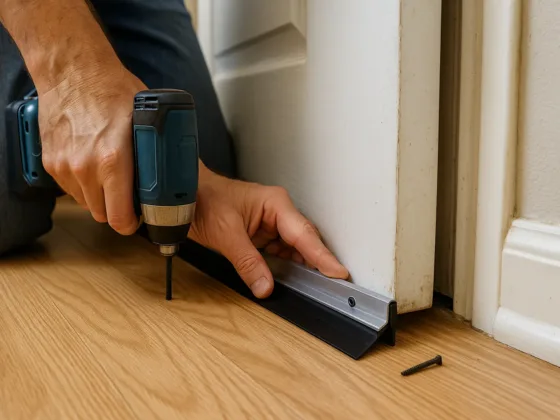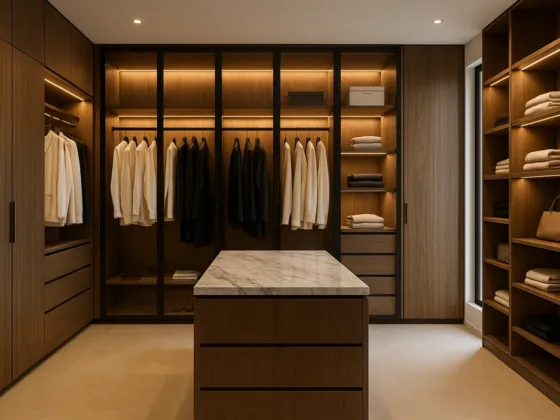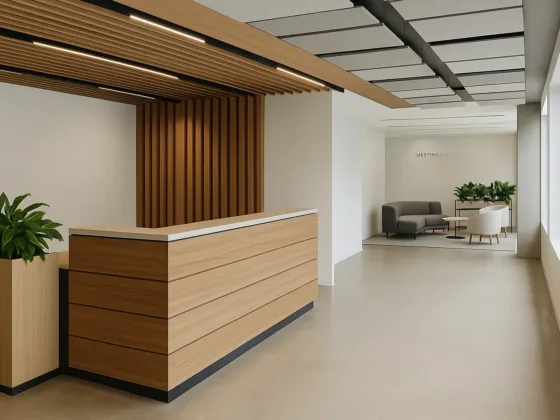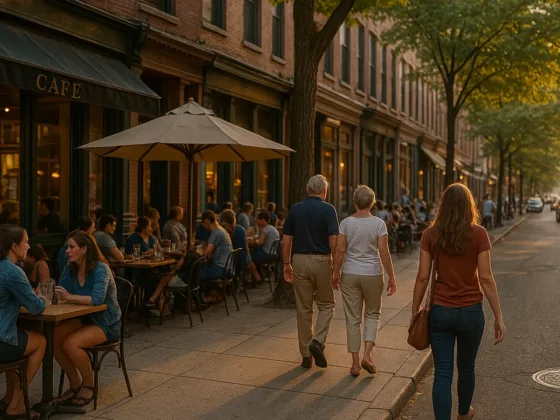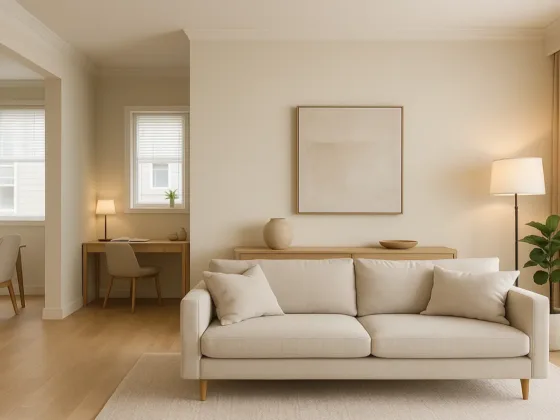Table of Contents Show
Your home should also evolve with your lifestyle. Whether welcoming a new, growing family, needing a home office, or even just enhancing the living experience, award-winning Melbourne home extensions can be the perfect solution. Different extensions mean different things, so it is best to know what they really are before planning for the best fit for space, needs, or budget.
Rear Extensions
The rear extension is the most popular option for extending into the backyard. It suits properties with a fairly large amount of outdoor space. A kitchen, living room, or open-plan dining area is some of what one usually extends. This sort of extension is best for increasing natural light and improving the connection between indoor and outdoor spaces. So it is an ideal choice for entertaining and enjoying Melbourne’s diverse climate.
Related reading: Why House Extensions Are a Popular Choice
Side Extensions
Side extensions make clever use of unused or underutilised side space, especially common in period homes or properties with narrow laneways. Though often more limited in width, side extensions can significantly improve internal layouts and functionality. When combined with rear extensions, they can transform a traditional layout into a modern, open-plan living area.
Wrap-Around Extension
Using the concept of combining both rear and side extensions into one L-shaped design, this option has the benefit of having maximum space and flexibility, often allowing for multiple new rooms, better natural light, and a completely new design of living areas. An extension of this type requires more planning, yet will offer a seamless blend of the old and the new, with dramatic opportunities for transforming the appearance and ambience of your house.
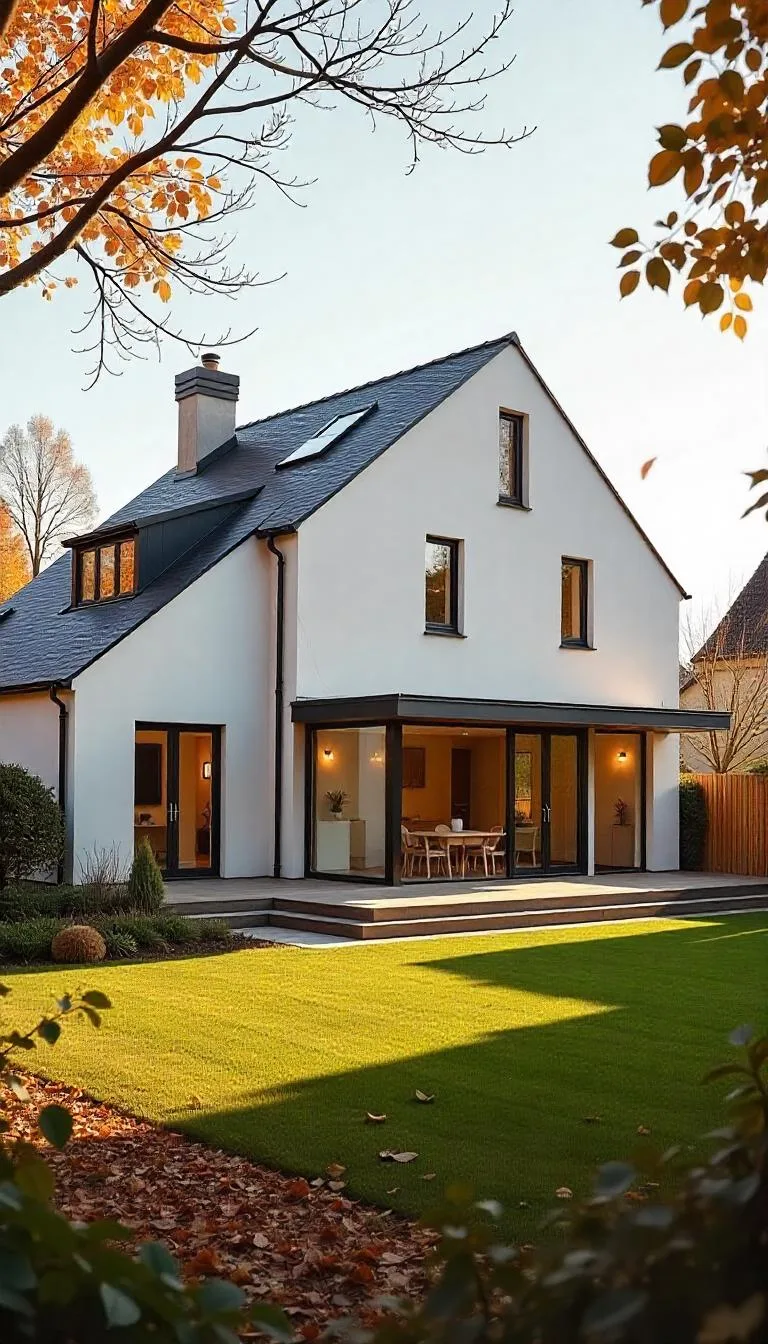
Second-Storey Extensions
If you love your area but have outgrown the footprint of your home, then a second-storey extension really could be the answer for you. By building up-and-not out, your living space will be twice as much as that with the outdoor areas compromised. The area extension is more popular in urban Melbourne, where land is scarce, but lifestyle demands are high. Generally, second-storey additions – spare space, guestrooms, baths, or a parent retreat – give their owners privacy and very much space.
Basement Extensions
While less common in Australia, basement extensions have opportunities in densely populated areas or for people who want to maintain the street appeal of their house. They could add a room below for extra bedrooms, media rooms, wine cellars, or even garages. They are more complicated and expensive in nature because of the excavation and structural work involved, but their value enhances a property to a great degree, along with providing greater functionality and livability.
Related reading: House Extensions: a Significant Process: Learn Some Tips Here
Selecting the Perfect Extension for You
When choosing the correct type of extension for you, one must account for the length you plan to reside in the home, your current block size, and local council guidelines. Getting connected with builders and designers with experience before you begin to draw plans will help ensure a smooth build from start to finish.
A well-conceived home extension is a voice of comfort, convenience, and future value. If you’re after a light-filled rear addition, dramatic new level, or completely redesigned home as a wrap-around build, knowing the various types of home extensions is the best way to begin the process of realising your dream home.
FAQs
A: The most common types of home extensions include single-storey extensions, double-storey extensions, wrap-around extensions, conservatories, and loft conversions. Each type serves different needs and can enhance your home’s functionality and value.
A: A single-storey extension adds space to just one level of your home, typically expanding your living area or creating a new room. A double-storey extension adds space to both the ground and first floors, allowing for more extensive renovations, such as additional bedrooms or bathrooms.
A: A loft conversion makes use of unused attic space, creating additional living areas without needing to expand the building’s footprint. This type of extension can increase property value, provide extra bedrooms or office space, and improve overall home functionality.
A: Yes, most home extensions require planning permission, especially if they exceed certain size limits or alter the structure significantly. However, some smaller extensions may fall under permitted development rights, so it’s important to check with your local planning authority before starting any project.
A: Choosing the right type of home extension depends on your specific needs, budget, and the layout of your property. Consider factors such as the purpose of the extension (e.g., extra living space, office, or bedroom), your budget, and how the extension will complement your existing home. Consulting with an architect or builder can also provide valuable insights.
